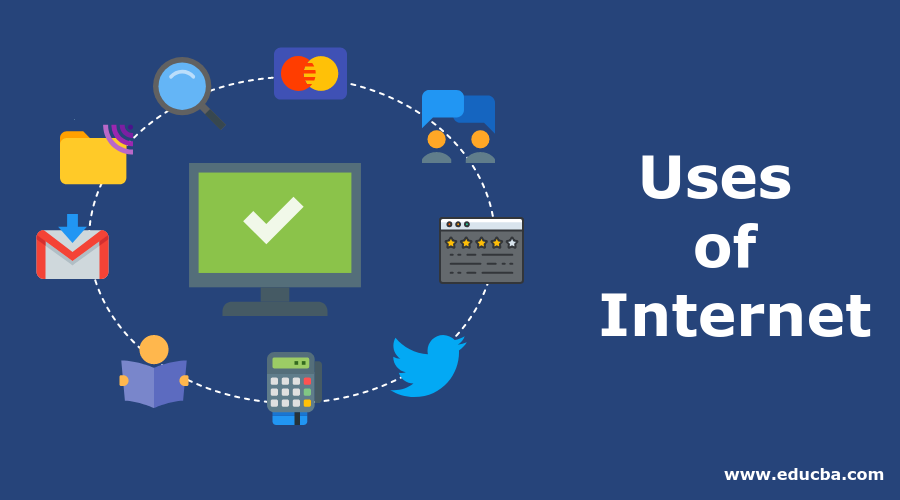The landscape of interactions has shifted considerably over the past few decades, propelled primarily by the rise of the web. What once relied greatly on handwritten letters and face-to-face conversations has moved to a dizzying array of digital platforms where brevity and immediacy reign supreme. Today, we find ourselves expressing ideas, sharing news, and interacting with others through SMS, posts, and instant messages. This change reflects not just a shift in techniques, but also a fundamental shift in how we interact with one another.
As we navigate this new digital terrain, the subtleties of our dialogue style have evolved to suit the fast-paced nature of internet-based communication. The intimate detail and formality of a letter have given way to the quick snappy exchanges of social media. Emojis, GIFs, and hashtags have become the new language of connection, allowing us to convey emotions and ideas in an expedited way. The Internet has not only altered how we communicate but also how we view and relate to one another, making the investigation of this transformation all the more captivating.
The Rise of Online Interaction
The introduction of the Internet has significantly altered how we interact. No longer present are the days when a written by hand letter took several days, if not weeks, to reach its recipient. With 인터넷가입비교 of a button, we now have the ability to send messages instantaneously across the world. This promptness has cultivated a culture of continuous connectivity, where we expect real-time interaction with peers, loved ones, and colleagues alike.
Social media platforms have played a central role in influencing our virtual communication styles. What began as simple status posts has evolved into a lively blend of written content, pictures, and visuals, enabling individuals to express their thoughts in innovative and vibrant ways. Platforms like tweets and Instagram promote conciseness and inventiveness, compelling us to change our language and remove unnecessary details, resulting to a more straightforward mode of dialogue that fits the speedy digital landscape.
Moreover, the rise of messaging apps has further streamlined how we connect. Services like WhatsApp and FB Messenger offer immediate messaging that feels intimate yet remains accessible. These platforms focus on varied communication, where emoticons, GIFs, and even voice messages enhance our communications. As a result, our conversational style has become a rich tapestry of diverse forms of expression, demonstrating the rapid changes in tech and our changing expectations for communication in the digital age.

Character Limits and Abbreviations
The arrival of online communication platforms has greatly affected how we interact, particularly through character limits. For instance, Twitter's original 140-character limit challenged users to express their thoughts clearly. This need gave rise to a culture of conciseness, where every term counts and clearness is paramount. Users started to think analytically about their messages, shaping them with accuracy to adhere within the established limits while still preserving meaning.
Alongside character limits, shortened forms became common in online communication. Texting and posting led to the adoption of abbreviated terms and shorthand, such as "LOL," "BRB," and "FYI." These abbreviations not only spare space but also create a sense of belonging among users well-versed with the terminology. As people quickly conformed to these new forms of communication, a distinct lexicon developed that reflects the quick digital environment we currently live in.
Additionally, the constant evolution of digital platforms has led to the creation of more creative abbreviations as well. As conversations become more informal, phrases like "whatevs" or "srsly" capture sentiments in a way that conventional language often is unable to. This move towards a more informal, abbreviated style indicates how much our conversational habits have changed, integrating efficiency and personality in every interaction over the internet.
The Influence of Social Media on Communication
The rise of social media has dramatically transformed the way we interact, causing a transition in our language use and styles. Platforms like X, Facebook, and Snapchat favor conciseness and promptness, resulting in a language that often prioritizes quickness over structure. This has produced the creation of new abbreviations, acronyms, and even emojis, enabling users to convey their thoughts swiftly and effectively within character constraints. As a outcome, traditional grammar and orthography rules have become more flexible, mirroring a casual tone that resembles spoken language.
Furthermore, social media fosters a unique blend of linguistic influences, creating a diverse tapestry of languages and vernaculars. Users from different backgrounds interact, exchanging their cultural contexts and ways of speaking. This mixing of languages and styles fosters not only creativity but also flexibility, as people adjust their speech to adapt to different social networks and groups. As a result, social media becomes a forum where new expressions and informal words can spread quickly, altering the way we communicate in both digital and real-world spheres.
Ultimately, the widespread nature of social media means that its effect extends beyond casual interactions. Businesses, educators, and public figures are more and more adapting their approaches to connect with digital audiences. Language is being tailored to appeal with target audiences, making strong communication a necessary skill. This transformation highlights the importance for individuals to be competent in the language of social media, acknowledging its power to influence views and foster interaction in the contemporary world.
